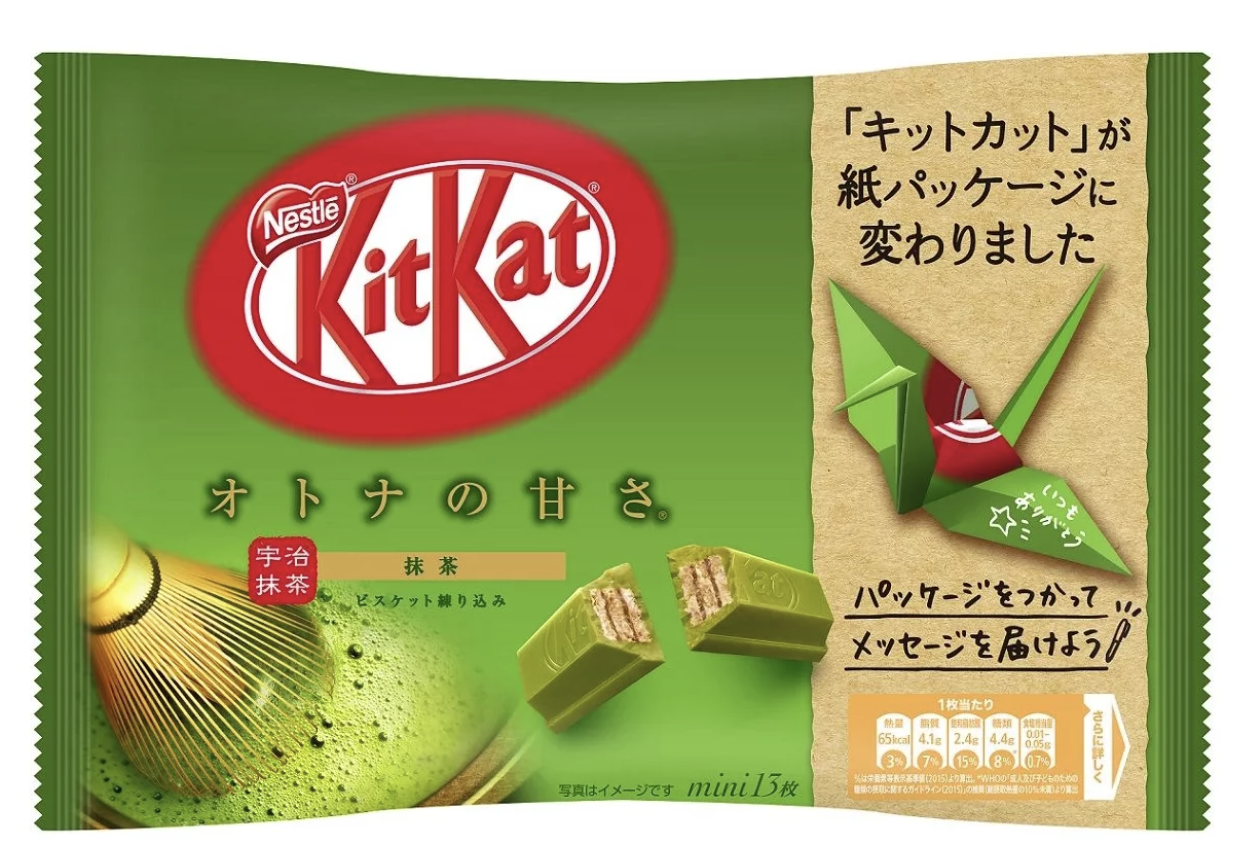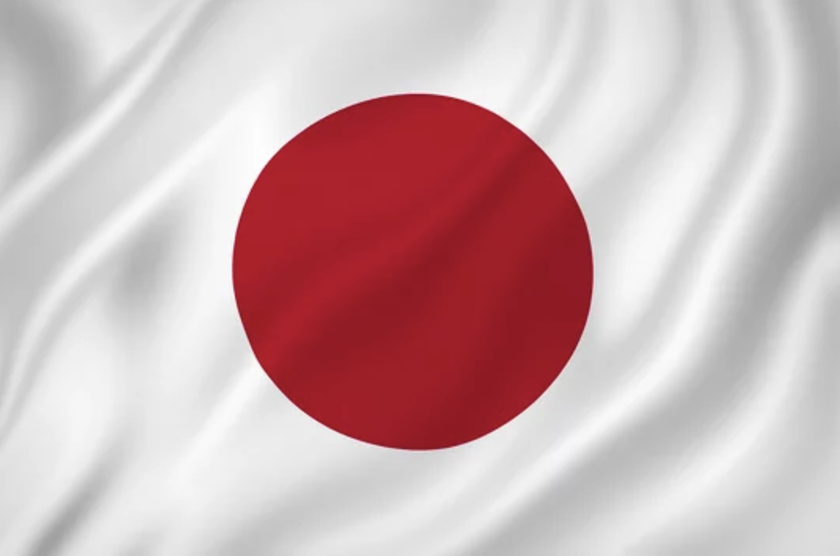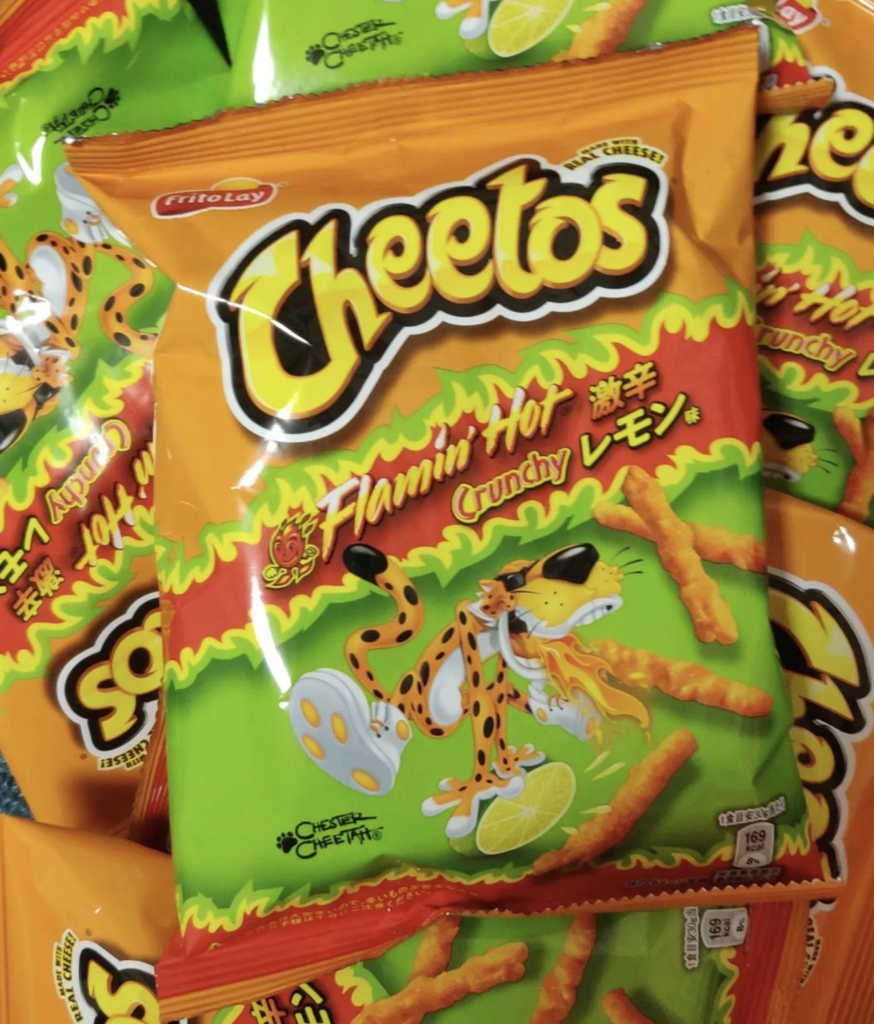
I occasionally see people on Instagram posting pictures of what they say are snacks from Japan although the snacks are actually from China, Korea, or even Thailand (or vice versa).
Since I’m a linguist, the difference between Chinese, Japanese, and Korean (and even Thai) is obvious to me, but, even if you’re not a language expert, once you have finished reading this post you’ll also be able to spot the difference between Chinese, Japanese, and Korean in no time.
Chinese
If you essentially see nothing but Chinese characters, the item is from China. Chinese characters are, for the most part, rather intricate and there are 1000s of them.
Examples of Chinese characters (combined to make words):
- 新口味 (New flavor)
- 奥利奥 (Oreo)
- 新西兰 (New Zealand)
Below you can see a box of Oreos from China, with Chinese characters galore.
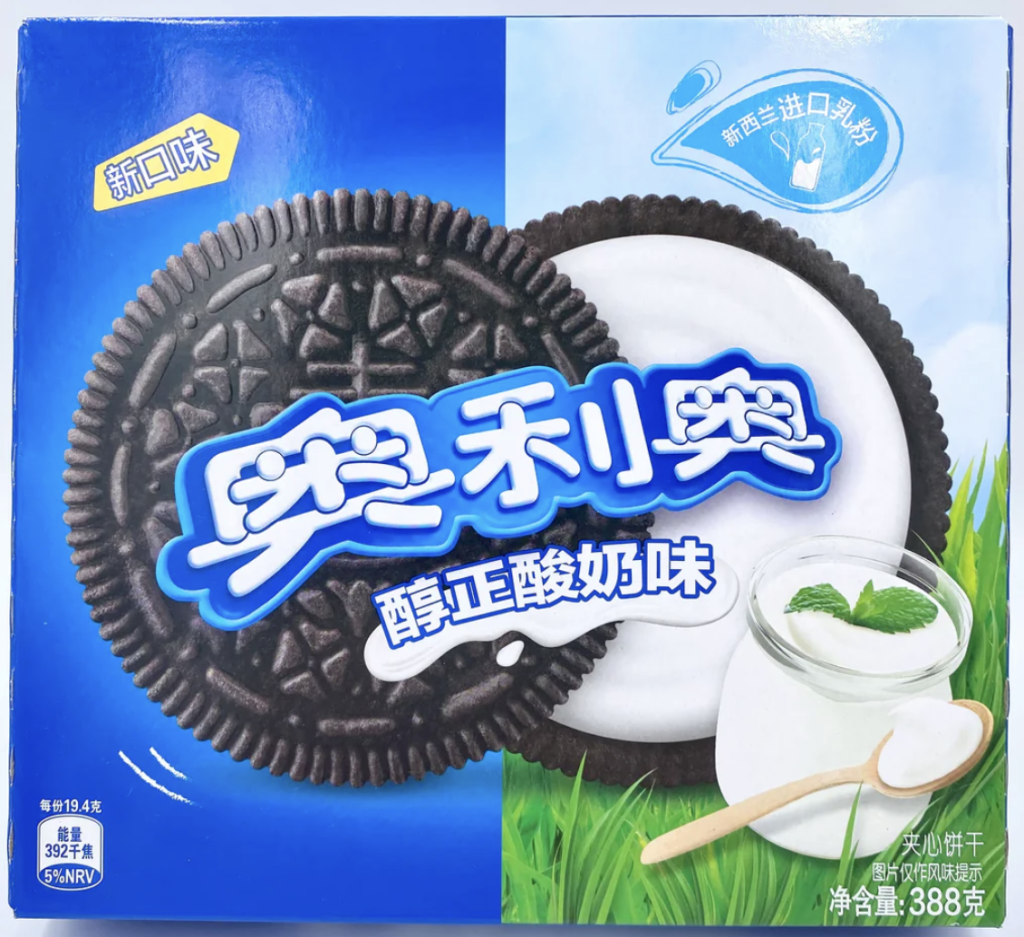
Japanese
When you see a combination of Chinese characters and Japanese letters, the item is from Japan.
In layman’s terms, Japanese letters are basically made up of:
- clean/straight lines (= katakana, as in: キットカット) OR
- curved/loopy lines (= hiragana, as in: をつかって)
Below you can see a bag of Japanese KitKats, with katakana letters, hiragana letters, and Chinese characters.

Korean aka Hangul
In layman’s terms, when you are looking at Korean, you will primarily see:
- a bunch of horizontal and vertical lines
- some circles
- some boxes/squares
- letters that are basically divided into a top half and a bottom half
- and even letters that resemble the numbers 2 and 7
Below you can see a container of instant noodles from Korea.
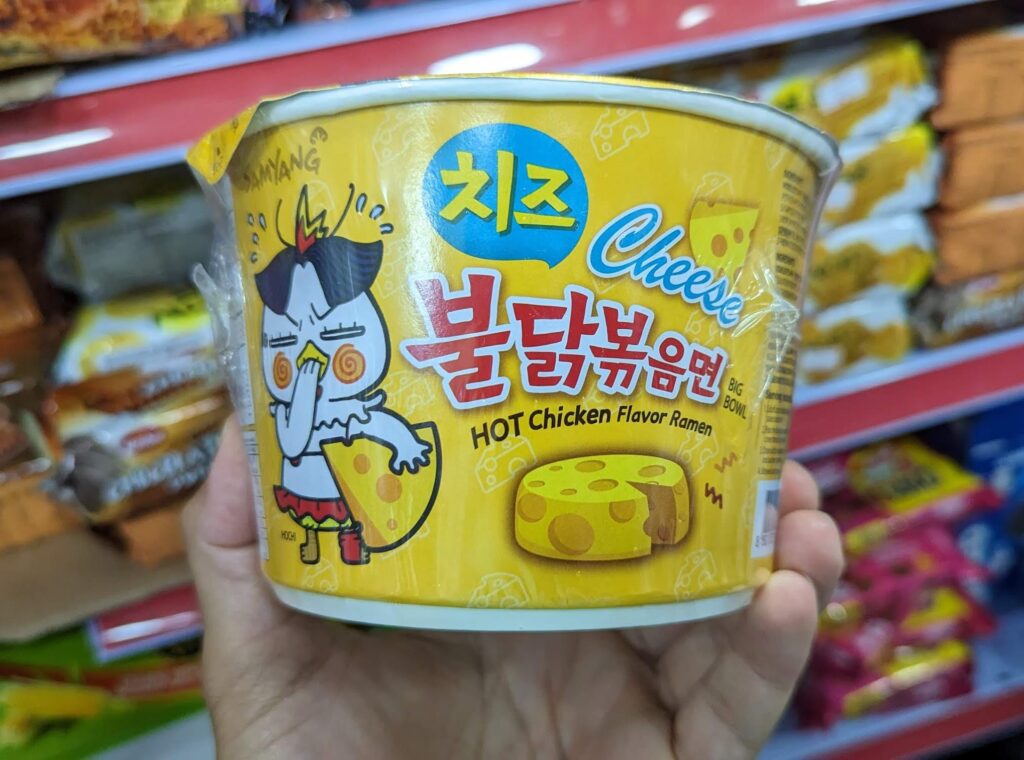
Thai
Now, just for kicks, I’m also going to show you what Thai looks like (since I mentioned that language earlier).
When you are looking at Thai and stretch your imagination quite far, you will notice that some of the letters in the Thai alphabet resemble letters in the English alphabet, such as a, b, l, n, s, and u. In other words, Thai looks a lot more like English than Chinese, Japanese, or Korean.
Thai has:
- no Chinese characters (as opposed to Chinese and Japanese)
- no clean/straight letters (as opposed to Japanese)
- and no letters that are basically divided into a top half and a bottom half (as opposed to Korean)
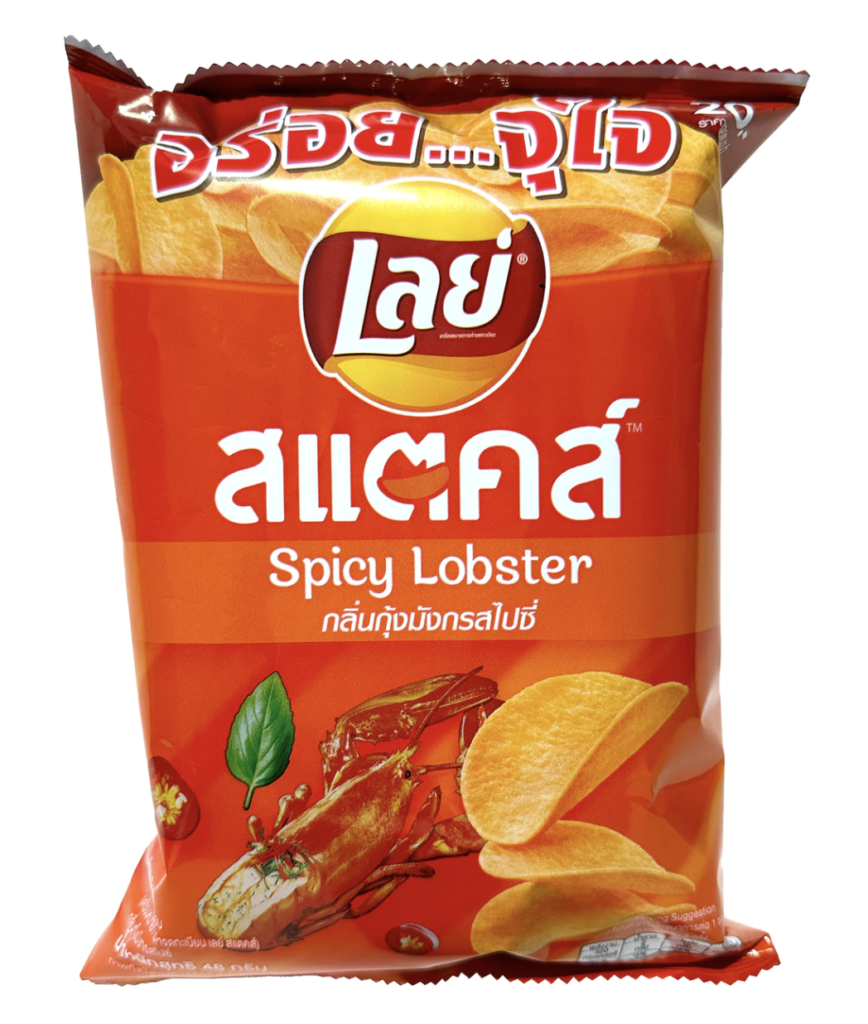
So there you have it.
Now you should be able to identify snacks from China, Japan, Korea, and even Thailand!
